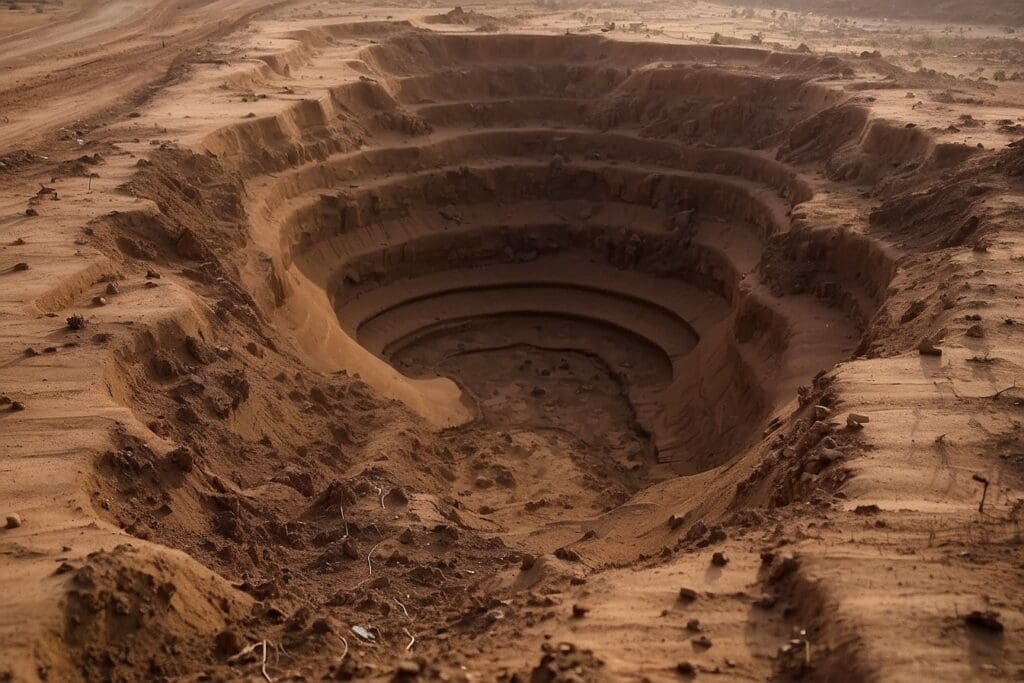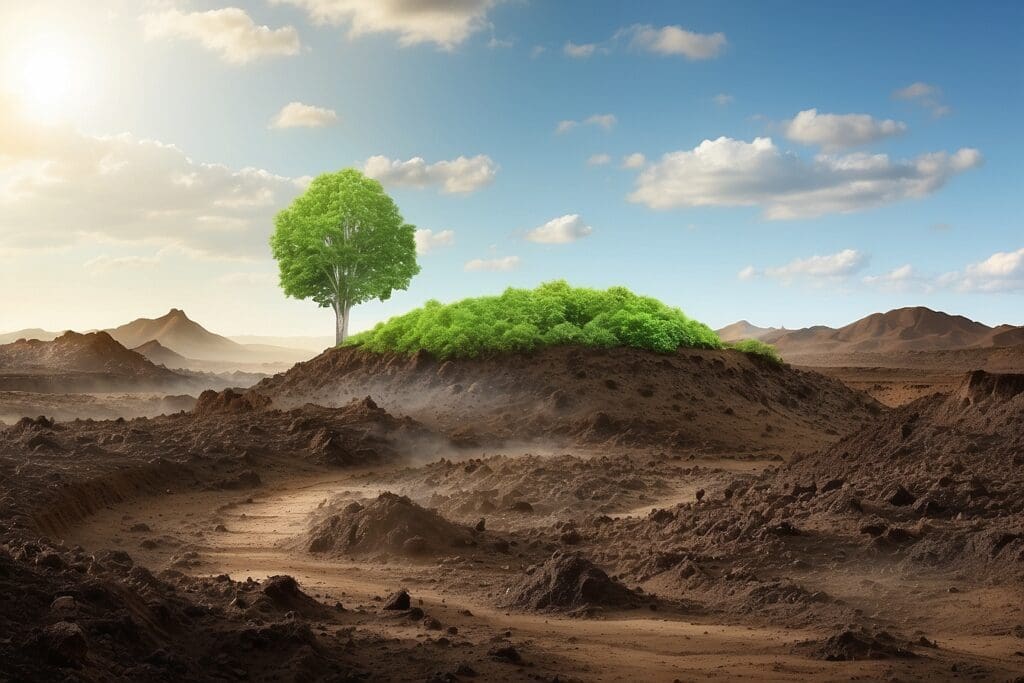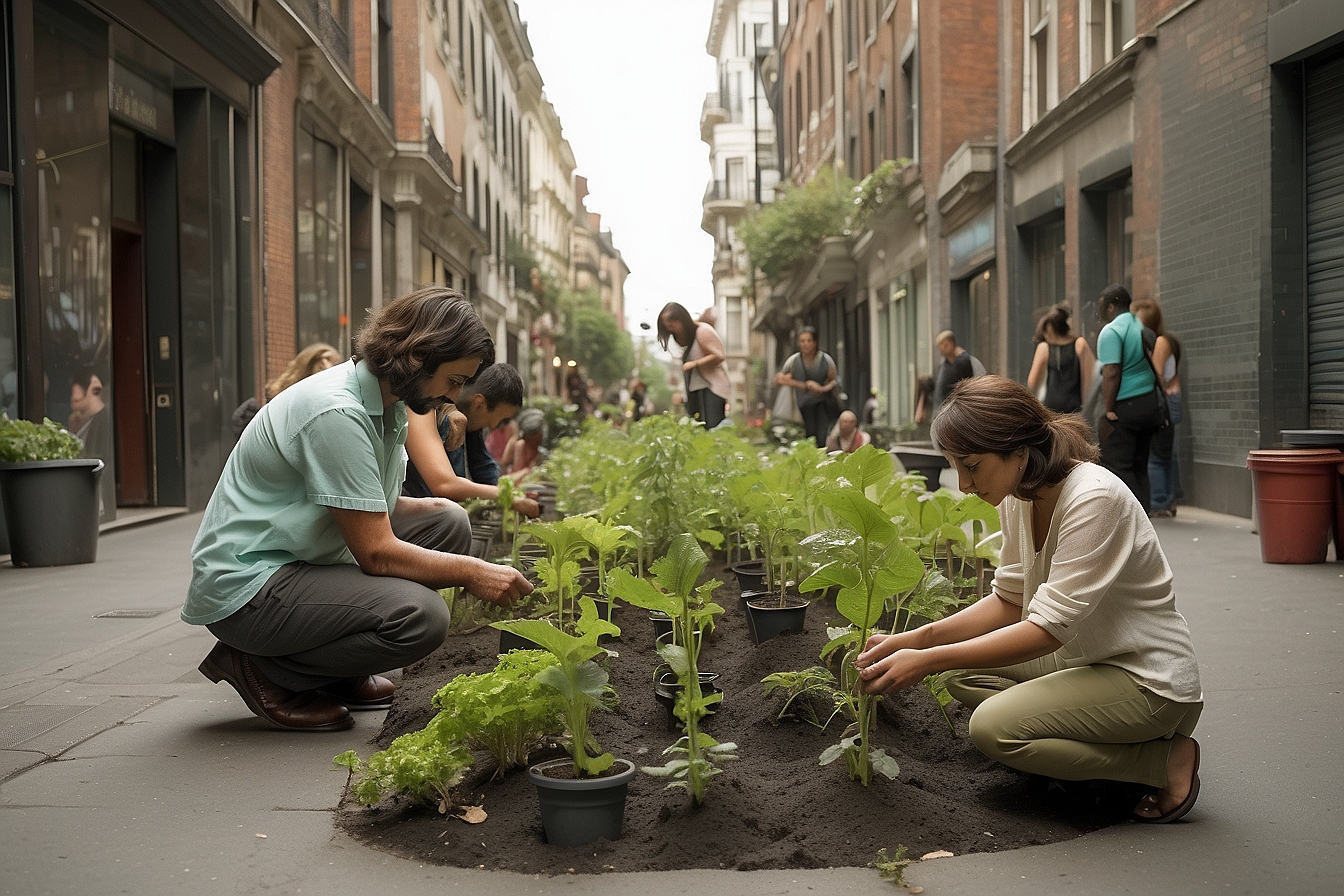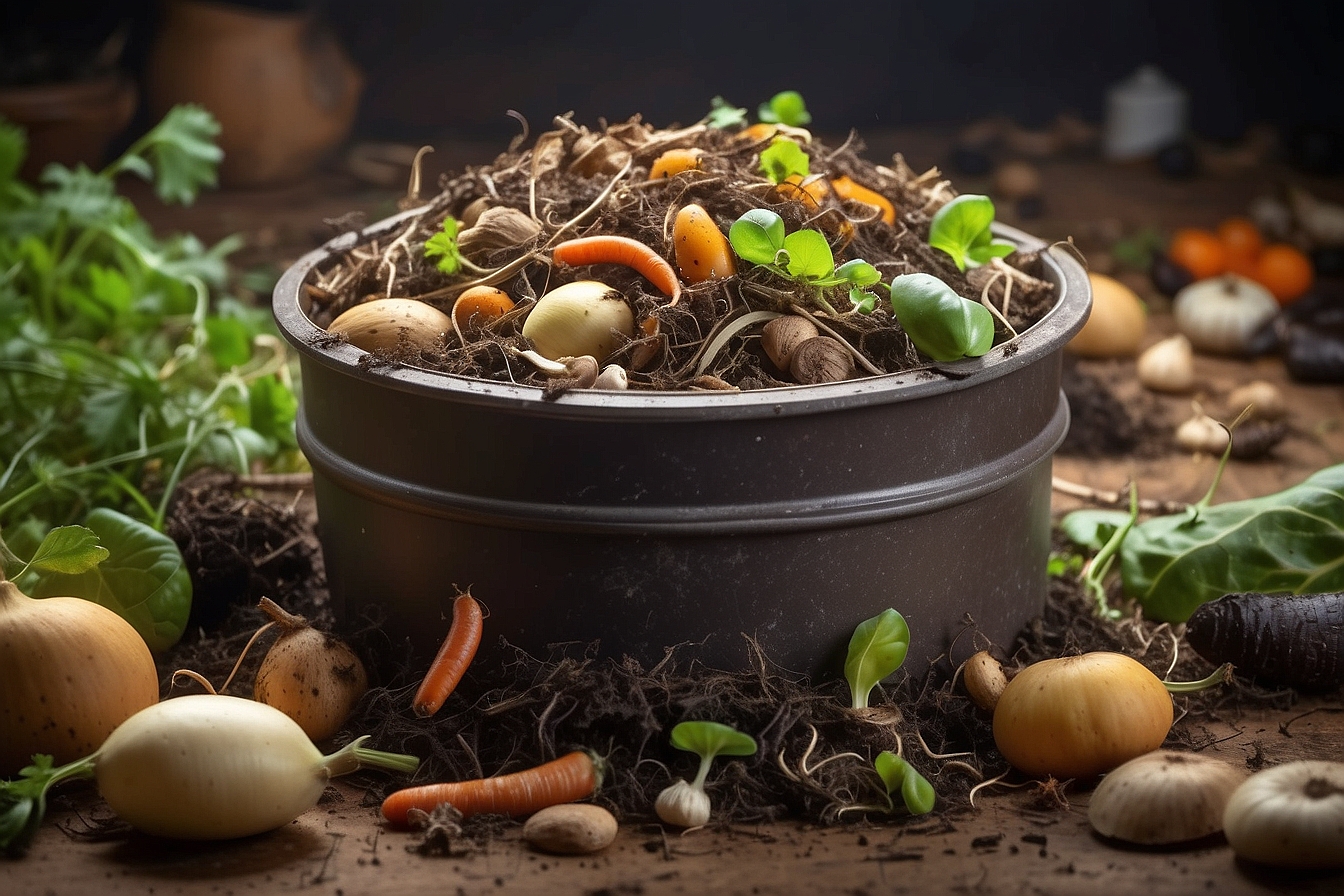It was a suburban gardener’s worst nightmare: a grub as big as a toddler! Thank goodness it was just part of the Chicago Field Museum’s new Underground exhibit, in which visitors “shrink” to 1/100ths of their normal size and experience soil up close and personal. Tree roots as big around as tree trunks. Gigantic crayfish lurking in corners. Earthworms that resembled South American anacondas. Fungi, nematodes, crickets, mites, and spiders—and one very angry mother earwig protecting her eggs. It was an enlightening—and slightly stomach-churning—trip to a world right under our feet.
Experiencing that exhibit was a good reminder that dirt is so much more than dirt. It’s a busy neighborhood of microscopic and macroscopic creatures, living in a complicated web of relationships that includes us humans.

The busier the soil, the better it is for growing plants, which depend on those creatures as much as those creatures depend on the plants for survival. We humans depend on the soil for almost everything, too. Soil grows our food. It also grows the food for the animals we eat. It grows the materials we need for clothing, for medicine, for homes—just about everything we take for granted originates in the soil.
It’s time to stop taking soil for granted. I recently read a report by Ohio State University soil scientist, Rattan Lal, who hypothesized that the biggest challenges we earthlings face—food security, water availability, soil degradation/desertification, poverty, political and ethnic instability—can be at least partially solved by better soil management.
It’s not a stretch to say that the health of our soil reflects the health of our society. Where good soil is scarce (think Haiti or Sudan), food and other basics are scarce—people barely survive—and devastating conflicts arise over resources. Any “extras,” such as conservation of resources, preservation of cultures—are impossible. Lal points out, “When people are suffering from poverty, they pass that suffering onto the land. The stewardship concept is important only when the basic needs are being met.”
However, he also explains that improving soil management, healing the land, is one way to successfully encourage economic development—healing the people, helping them live and provide for themselves.
So how do we keep our soil healthy? Starting at home, we can use organic gardening practices that rebuild the soil: fertilize with compost and use native plant species in our landscaping. We can purchase our food from people who raise their crops and livestock using sustainable practices—practices that continually restore the land used.

On a larger scale, we can preserve our good farmland instead of allowing it to succumb to urban and suburban sprawl. We can buy fairly traded goods that promote healthy communities where local businesses flourish. We can share our wealth with organizations that help people in developing countries become self-sustaining—one of my favorites is Heifer International, which helps families raise livestock for food and income.
We can teach our kids about soil. One day I investigated a bucketful of compost with a group of 5th and 6th graders. What looked like a pile of dirt turned out to be crawling with little beasties. We hooted with laughter each time we found a centipede or a sow bug. I was amazed, because I had dug up this particular bucketful from my backyard bin that morning—it was the middle of February. Despite the cold, something was alive!
And if our soil lives, we will, too.
For more on Rattan Lal’s research, see: http://www.agriculture.purdue.edu/agcomm/aganswers/story.asp?storyID=5185 and http://www.agriculture.purdue.edu/agcomm/aganswers/story.asp?storyID=4874.





